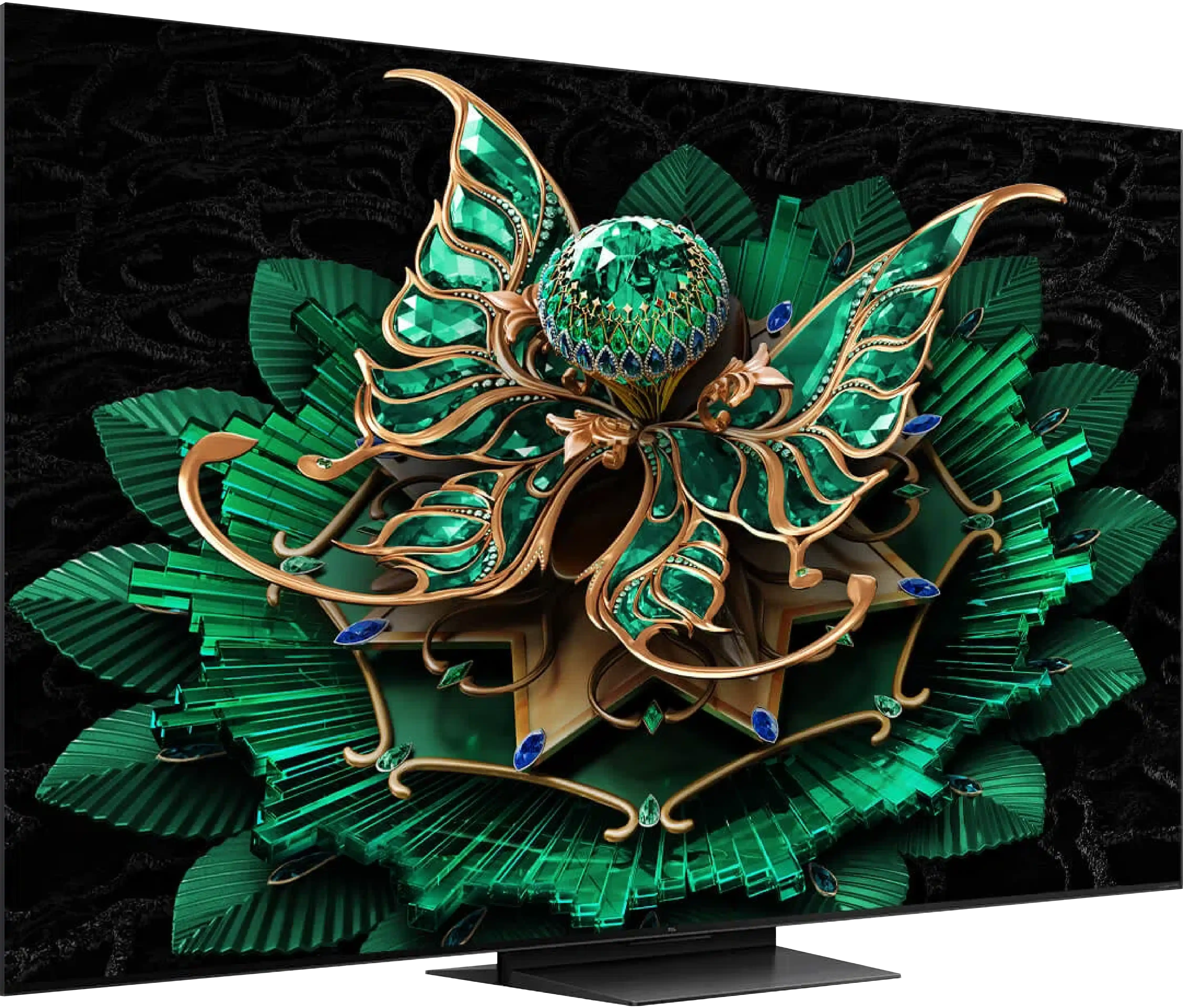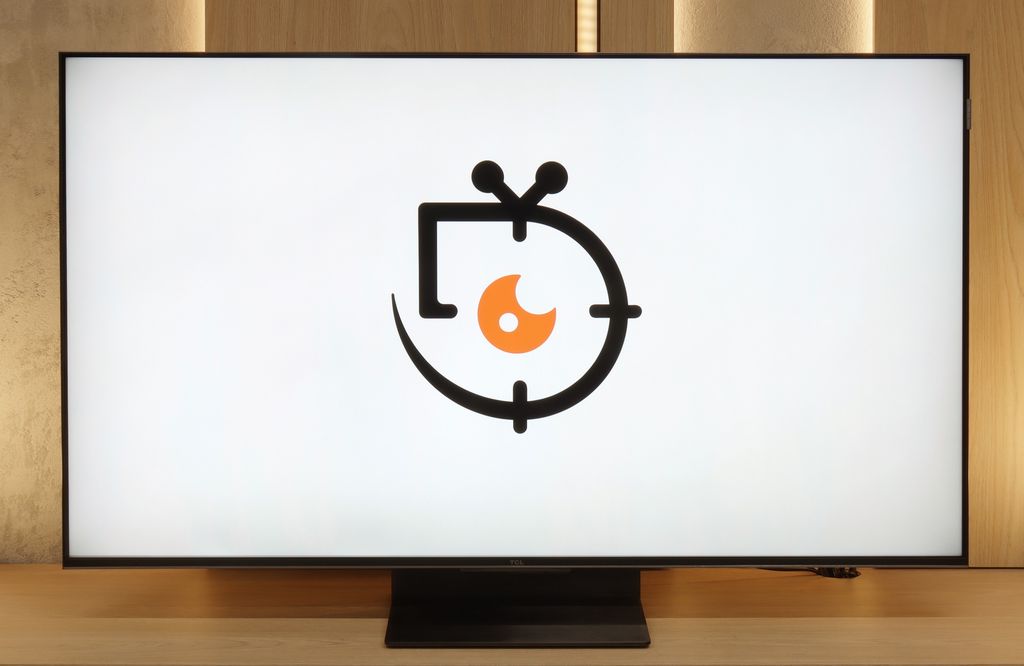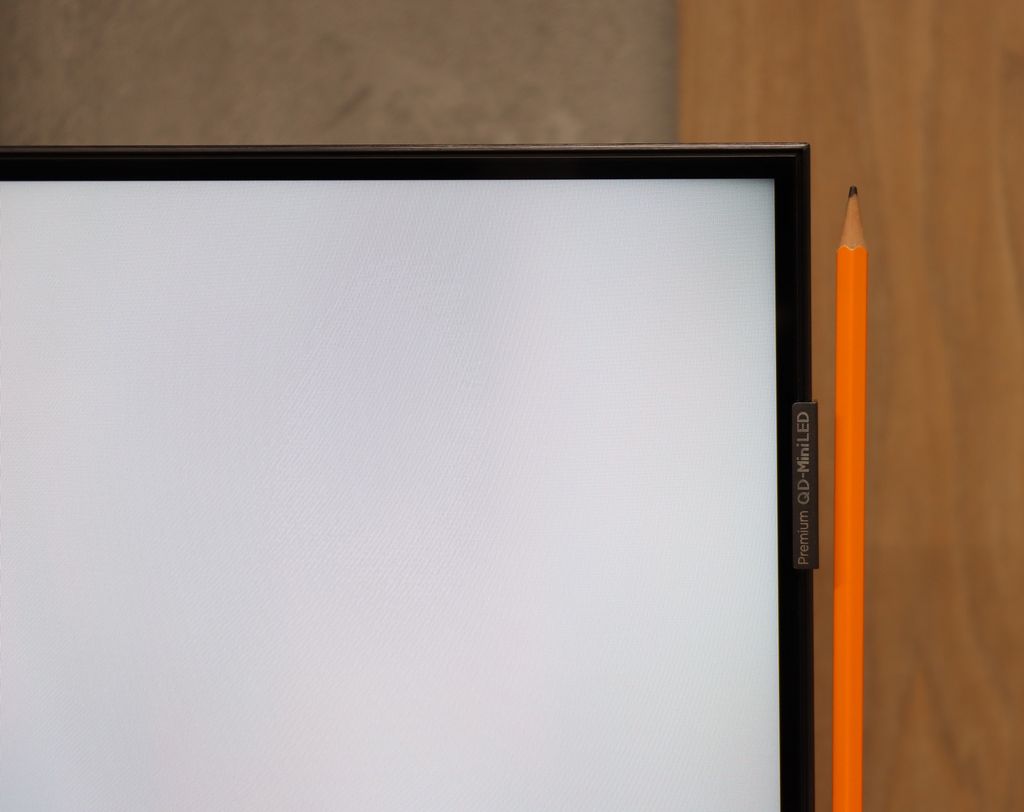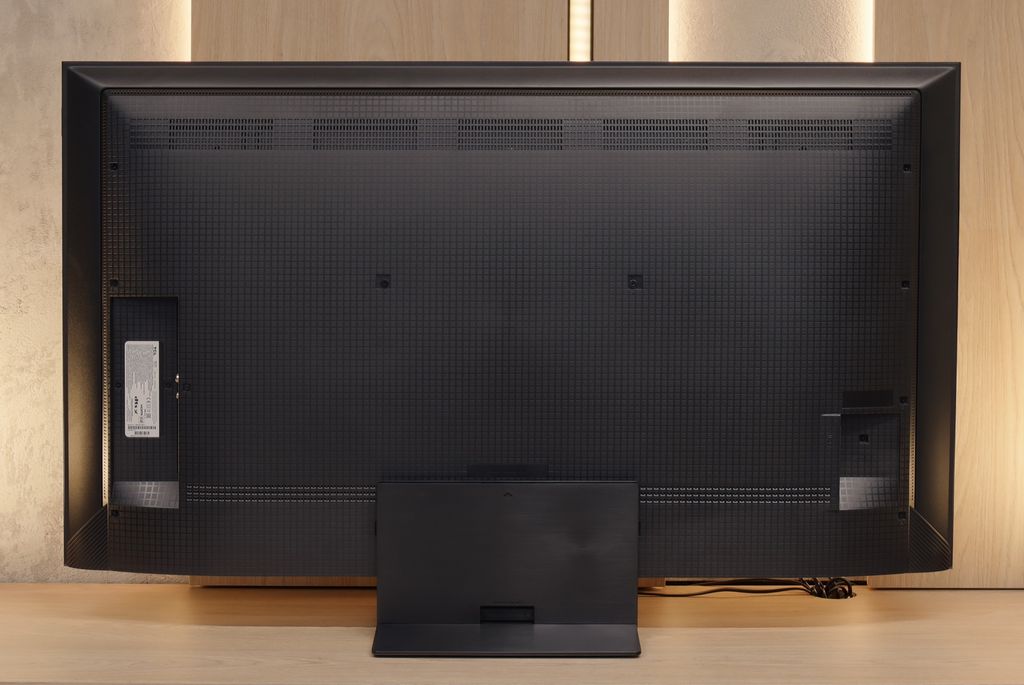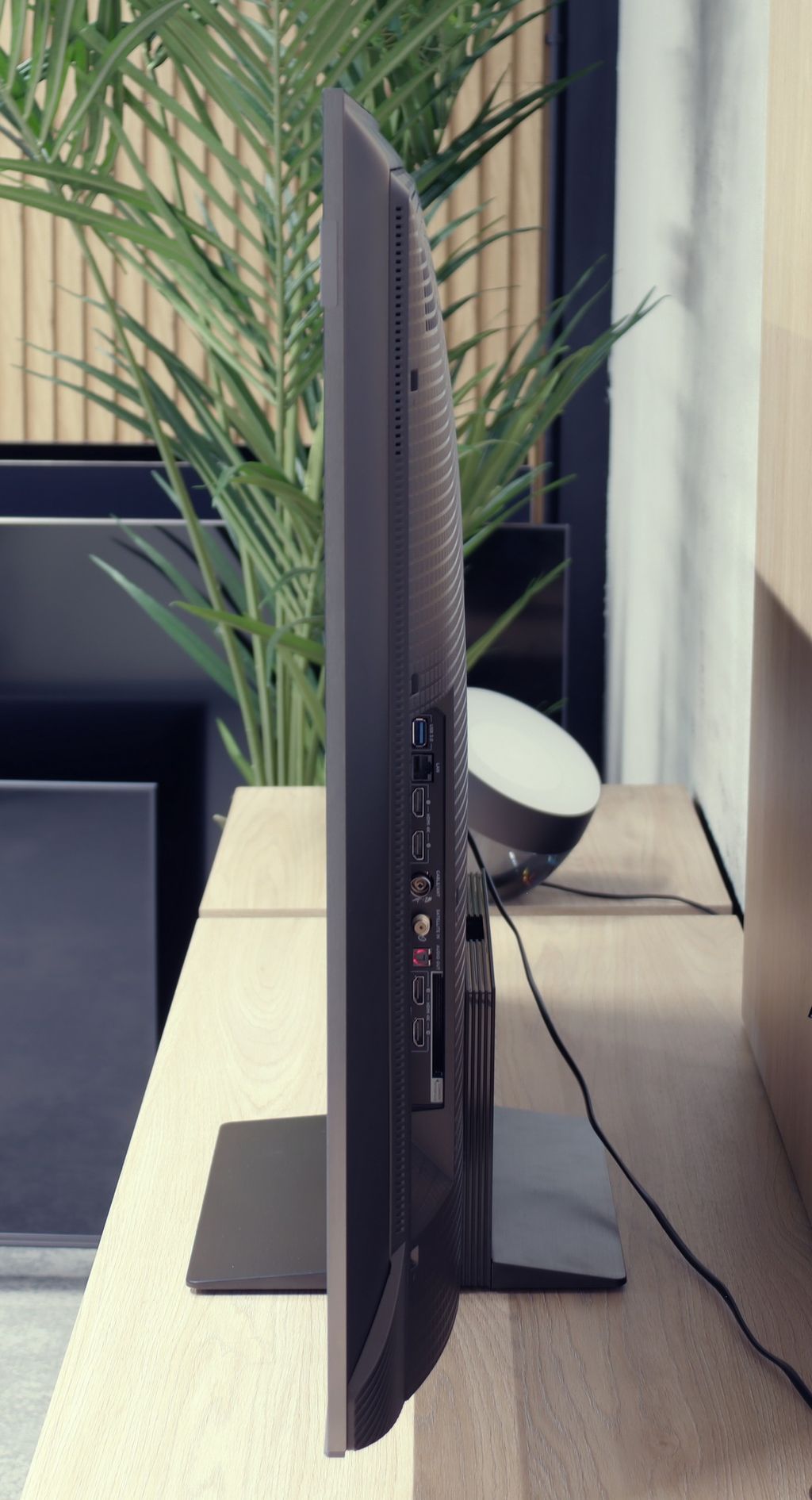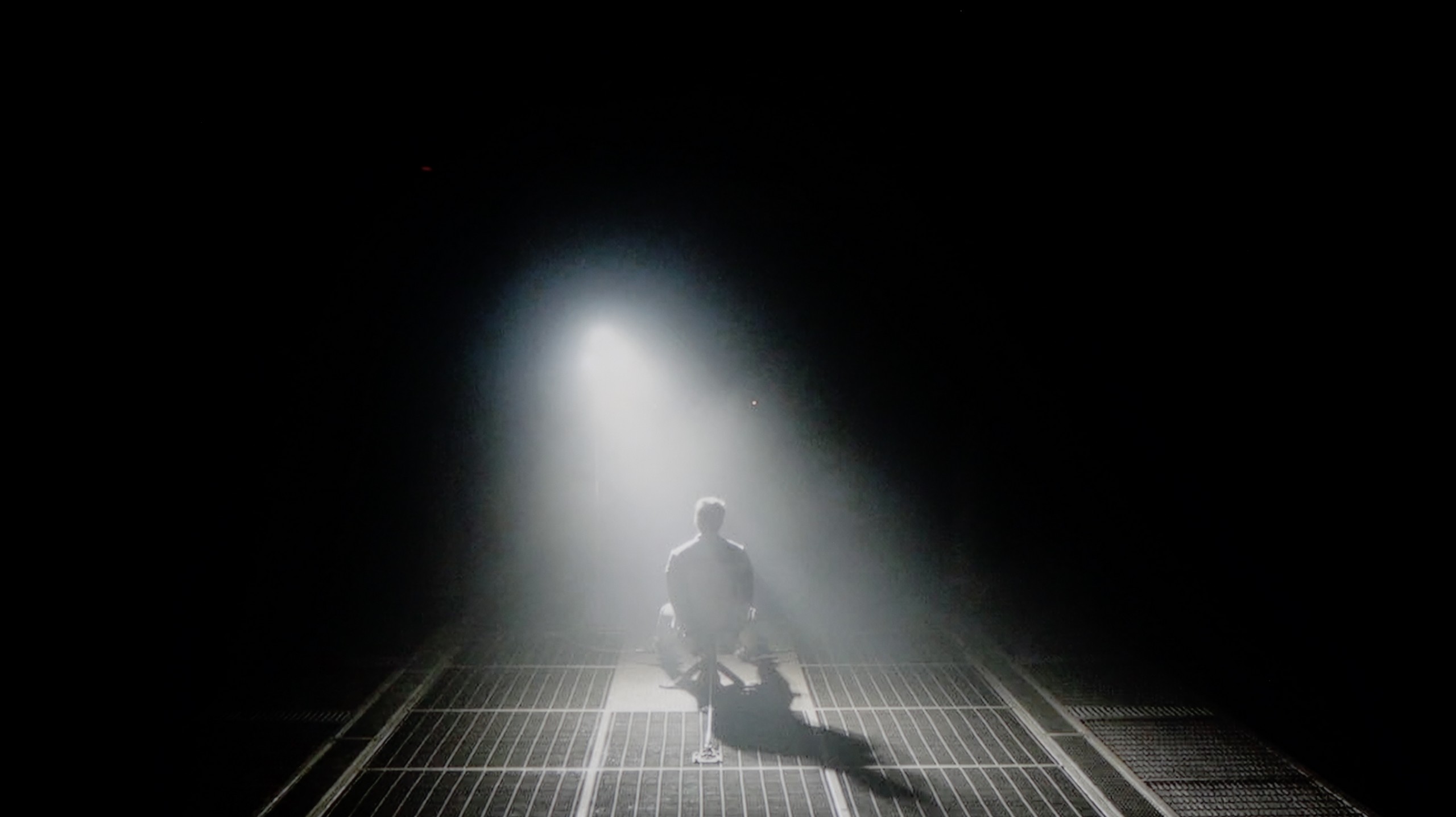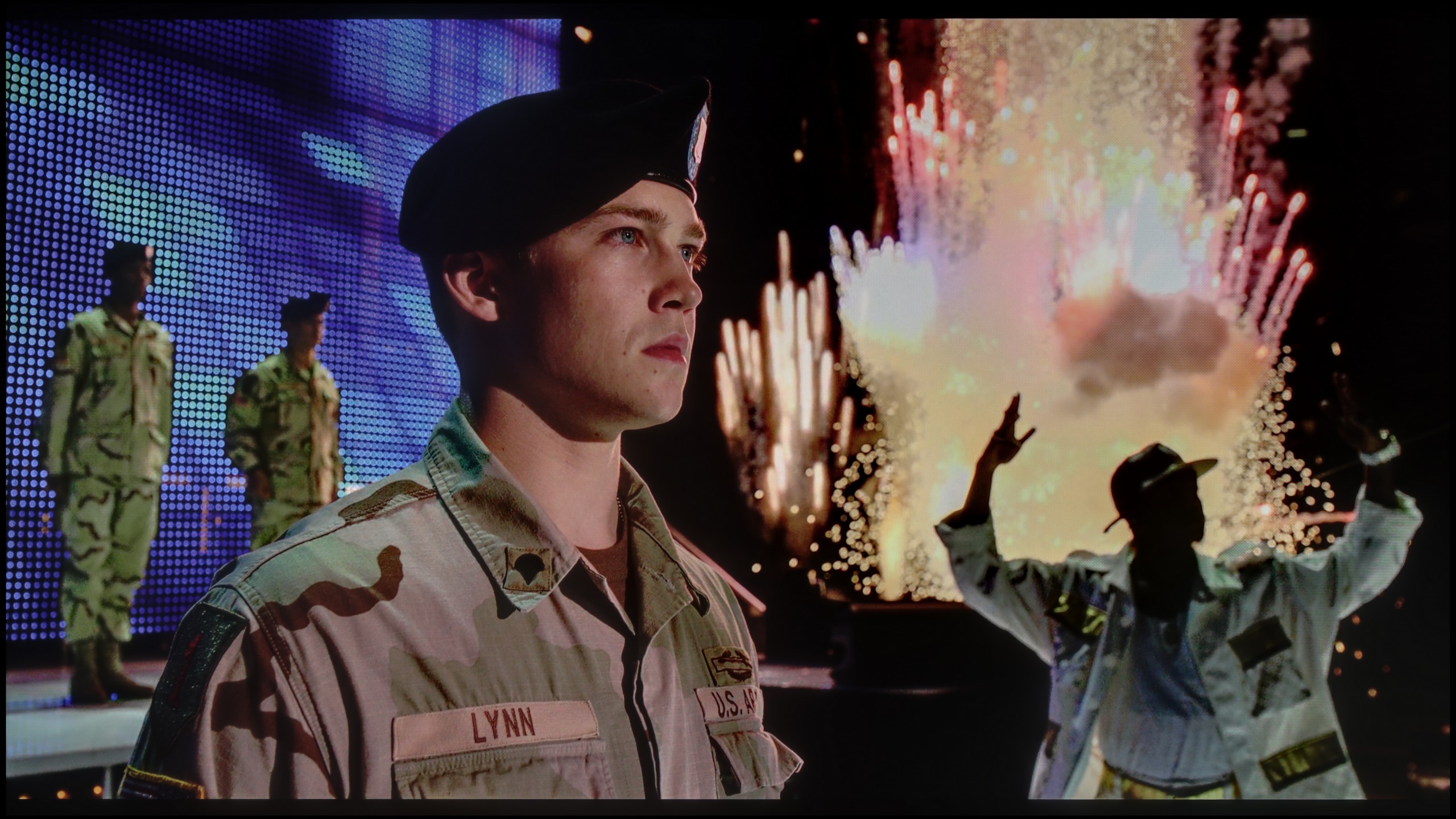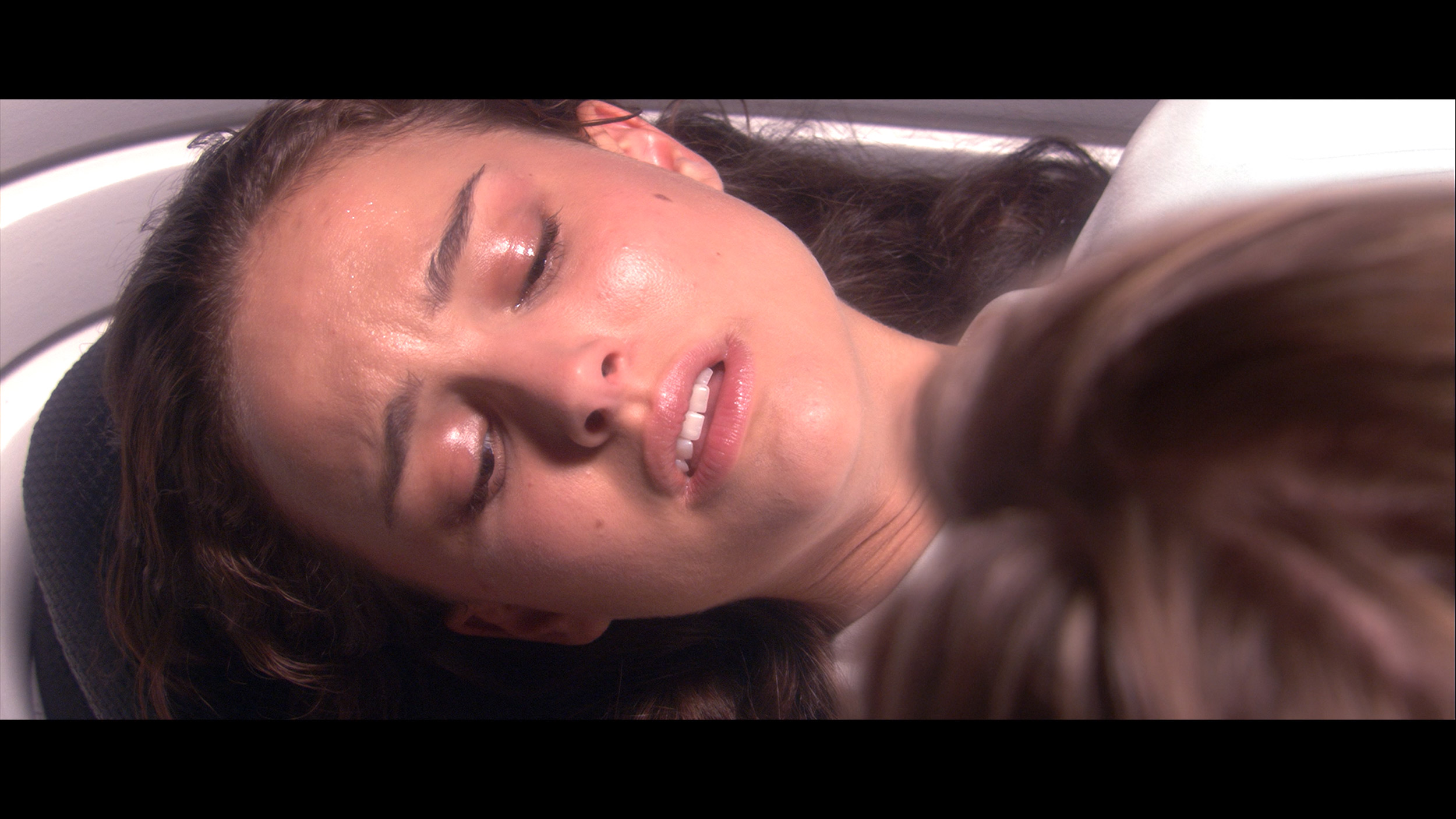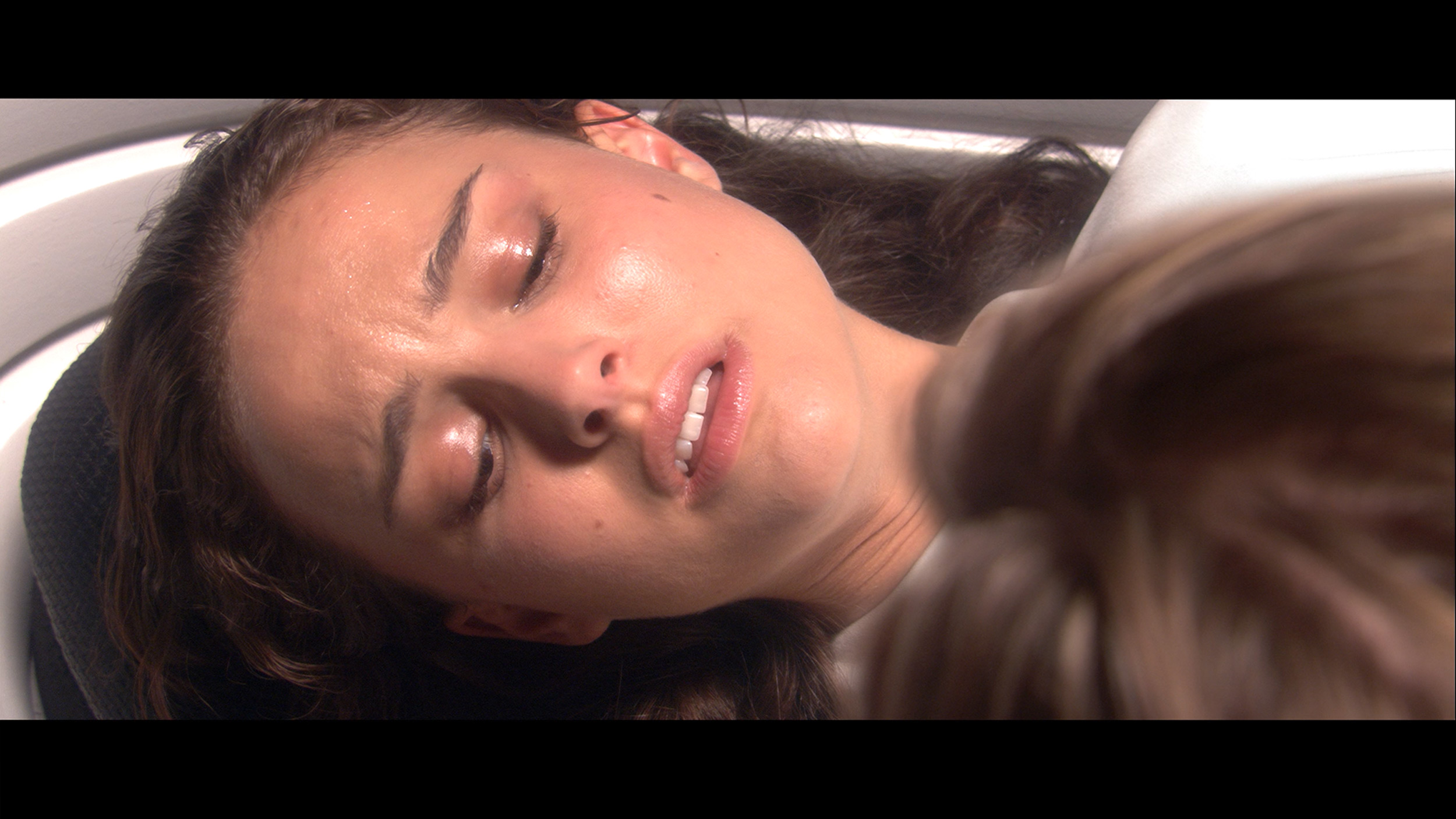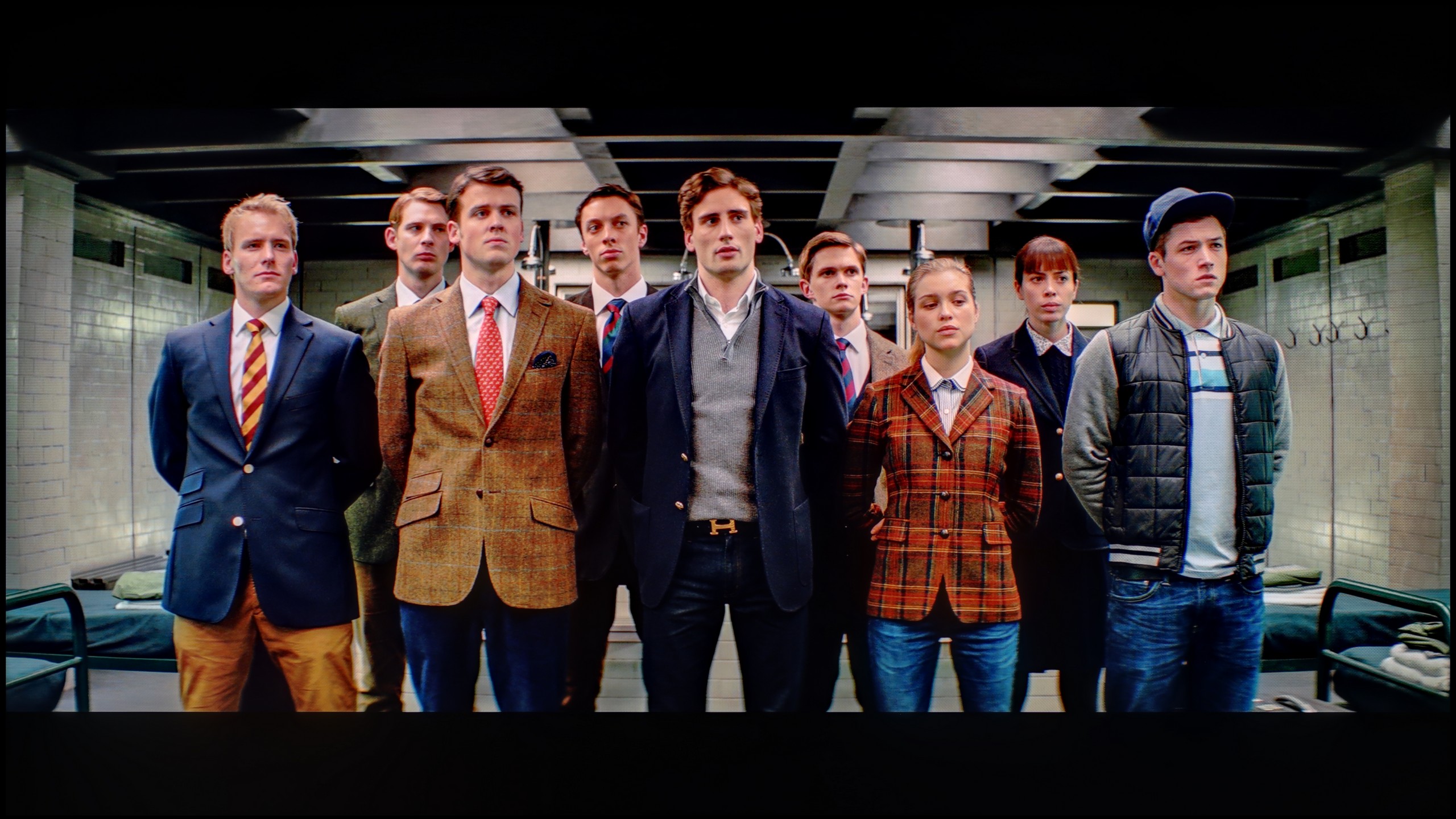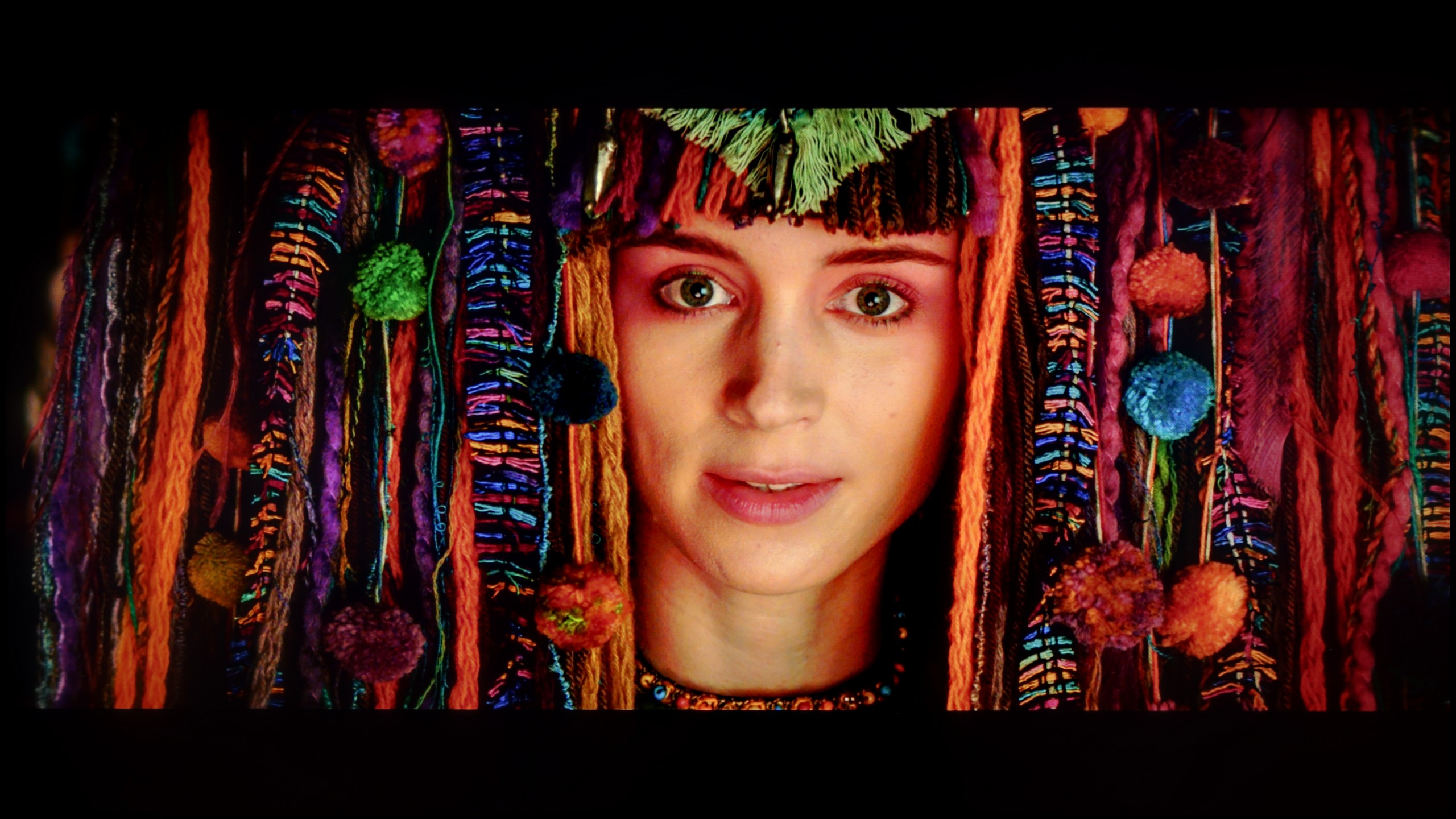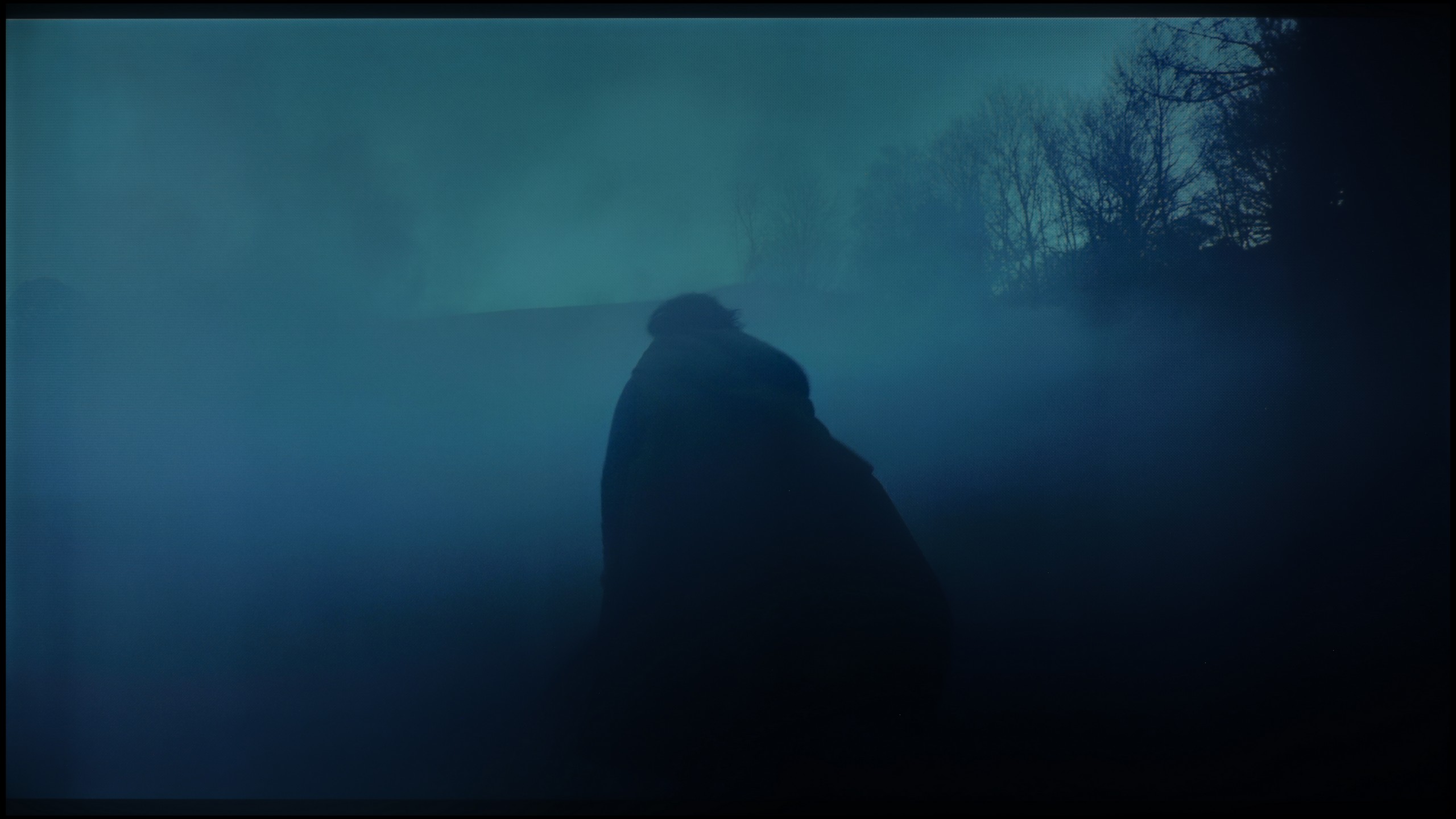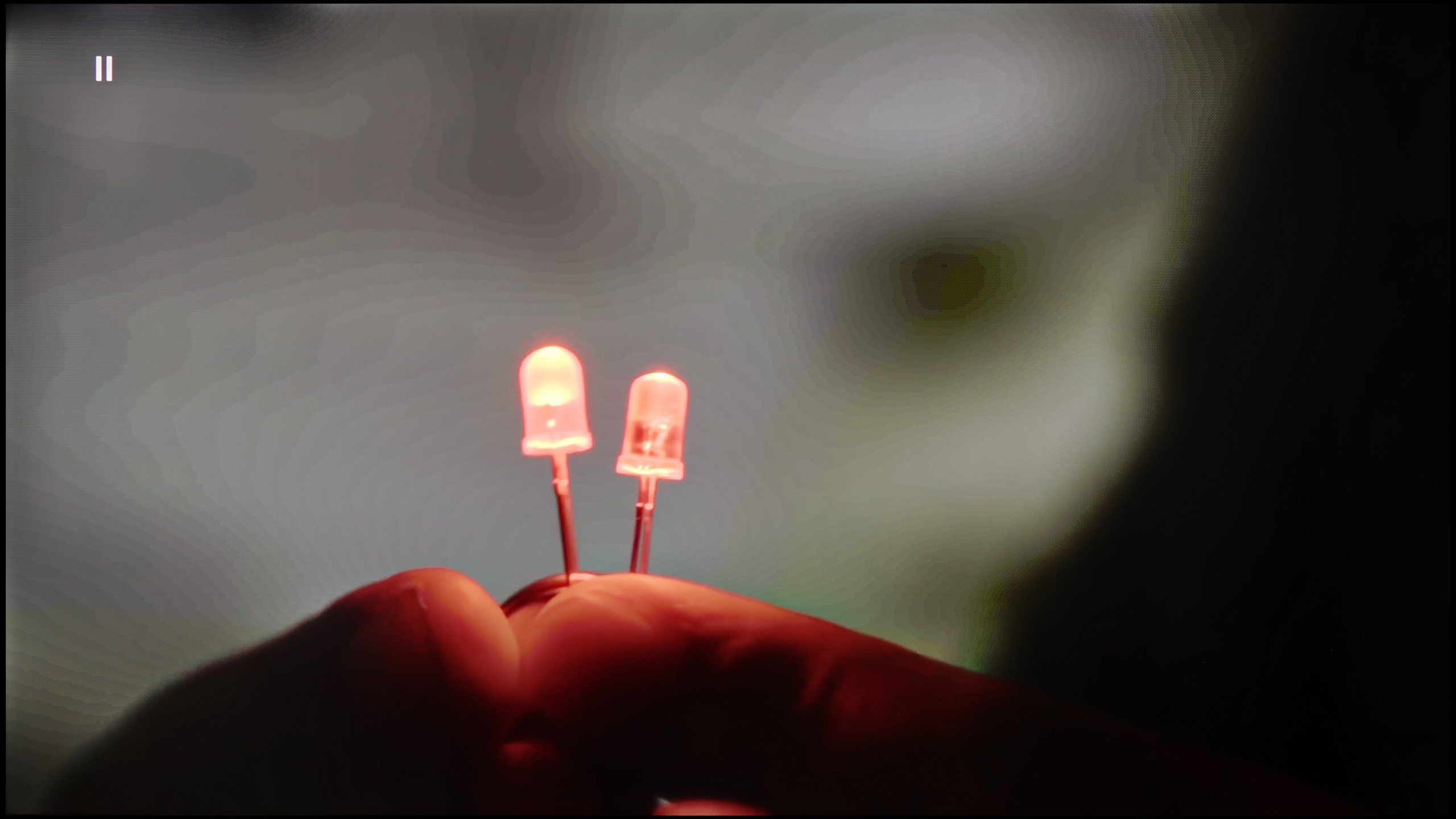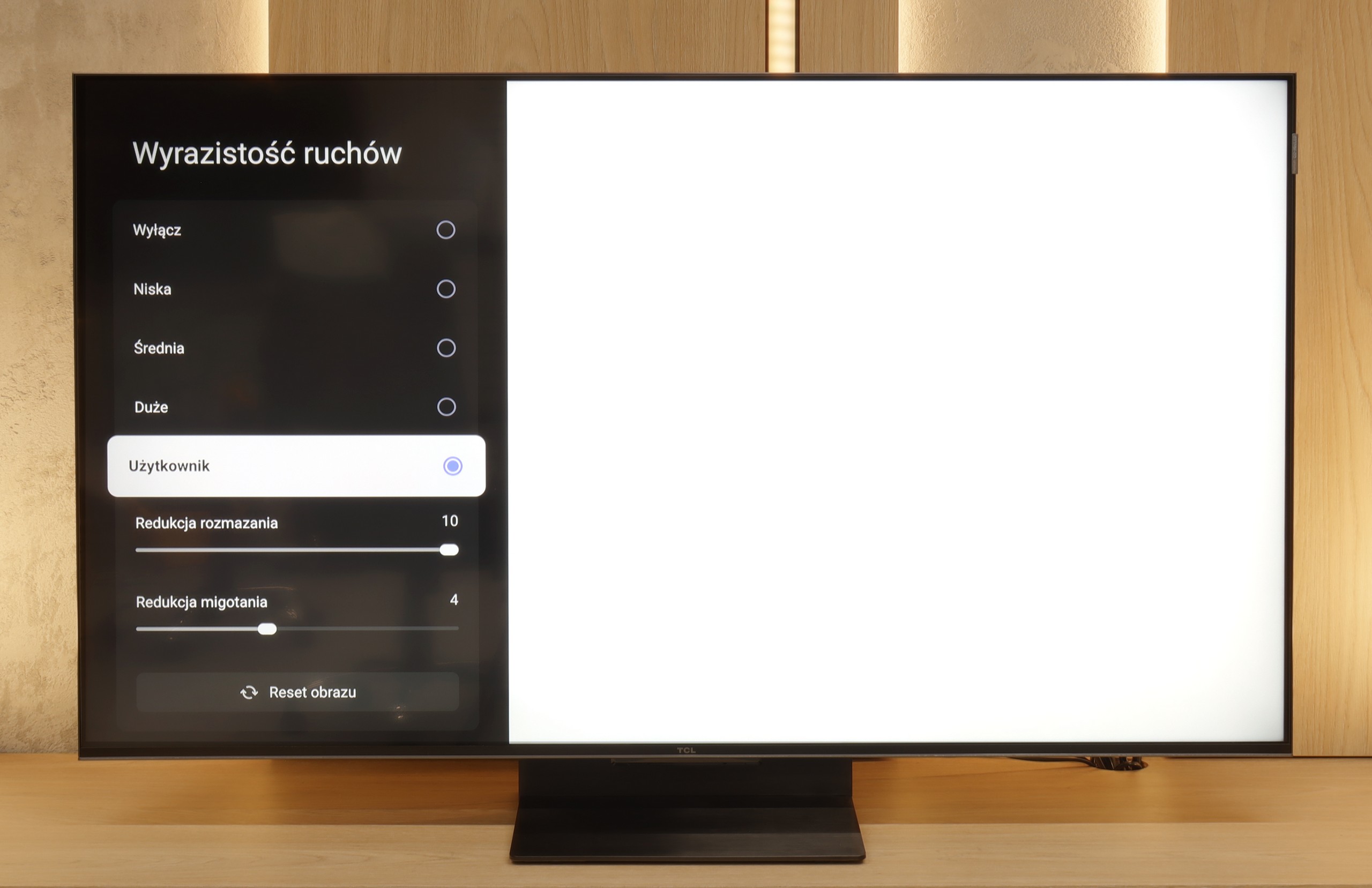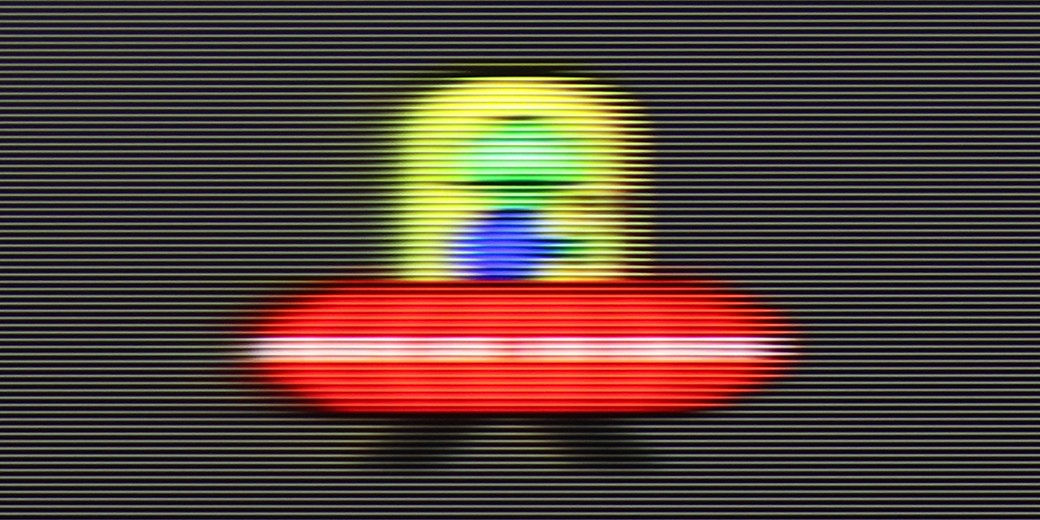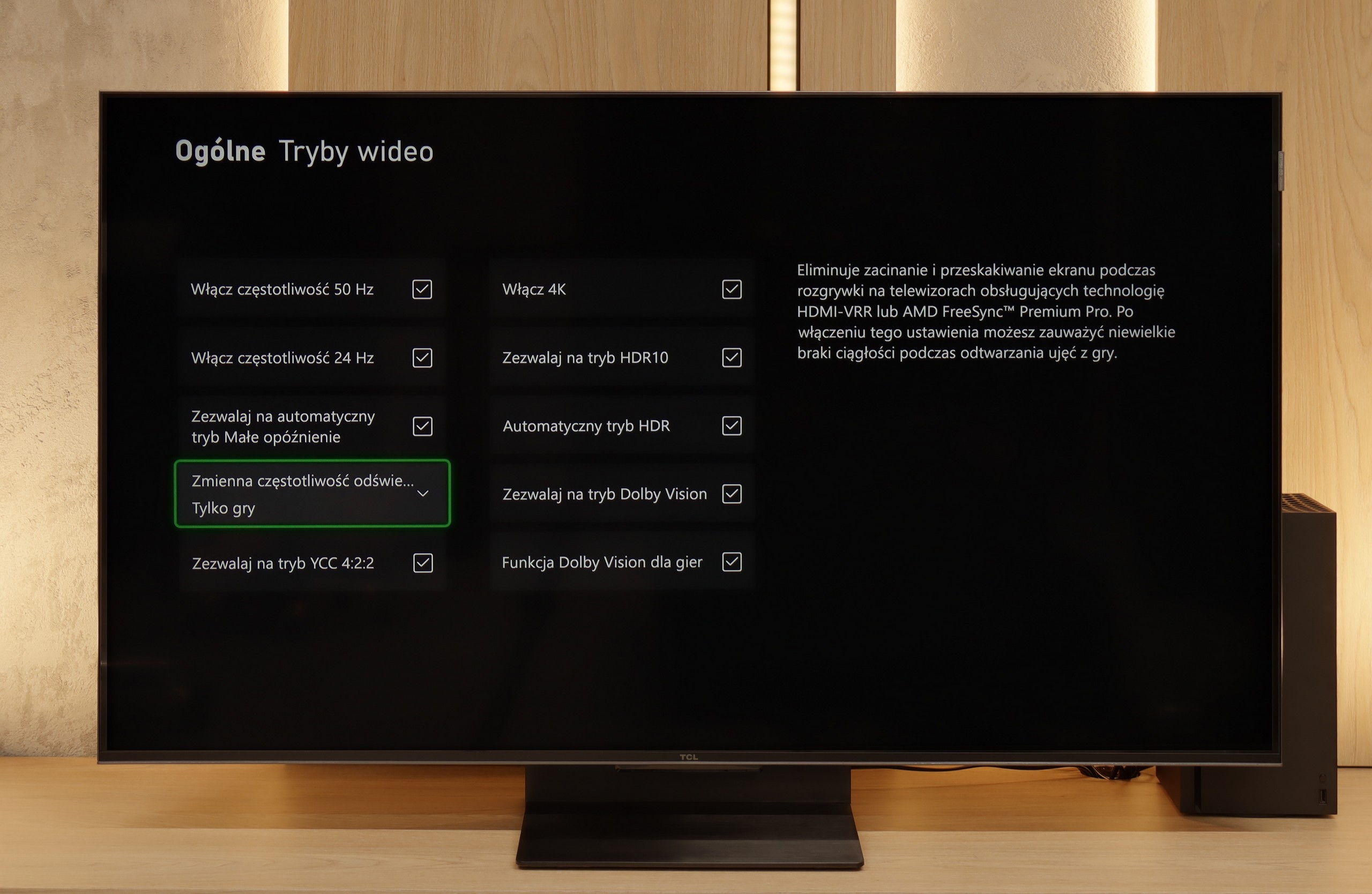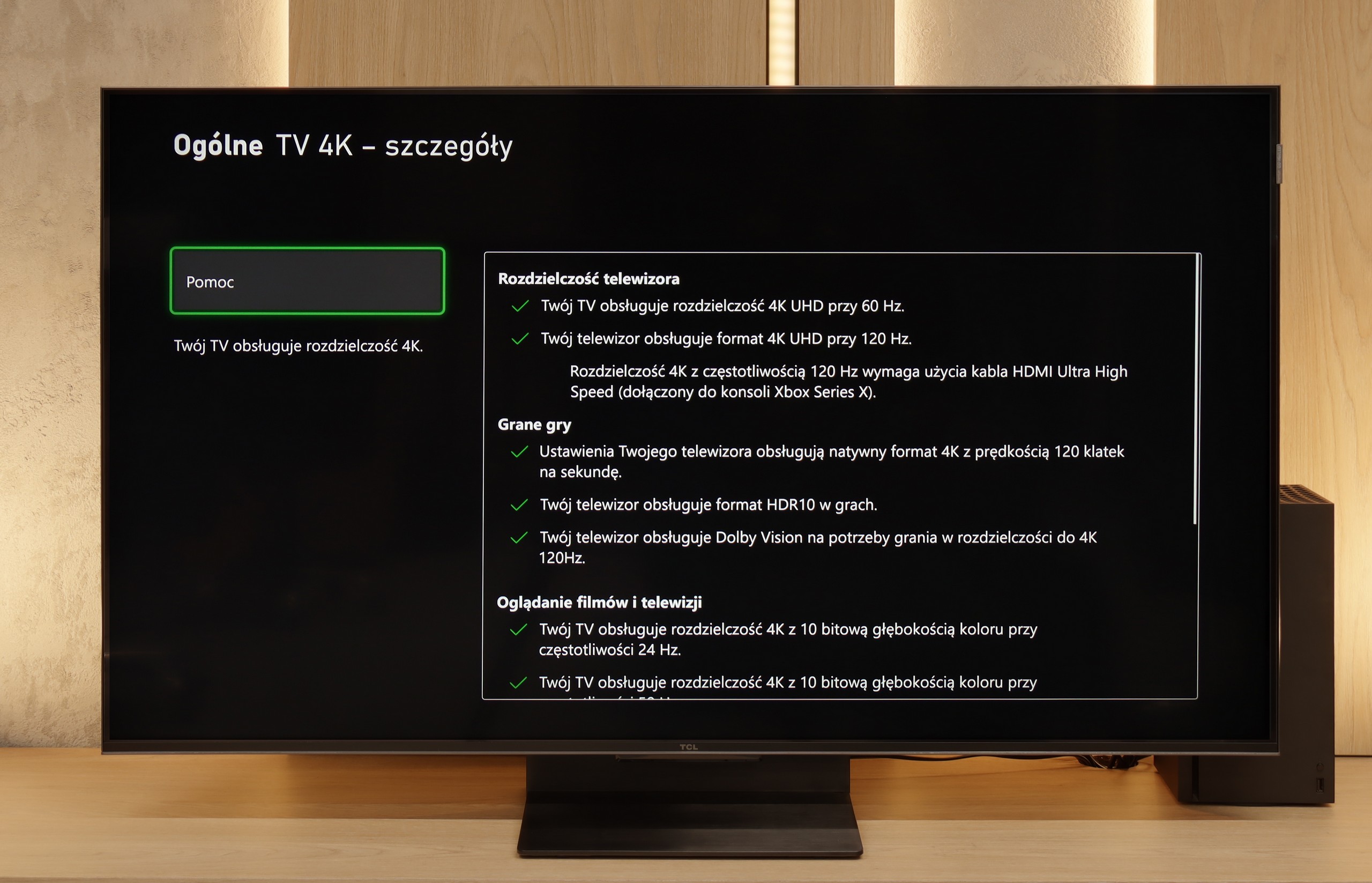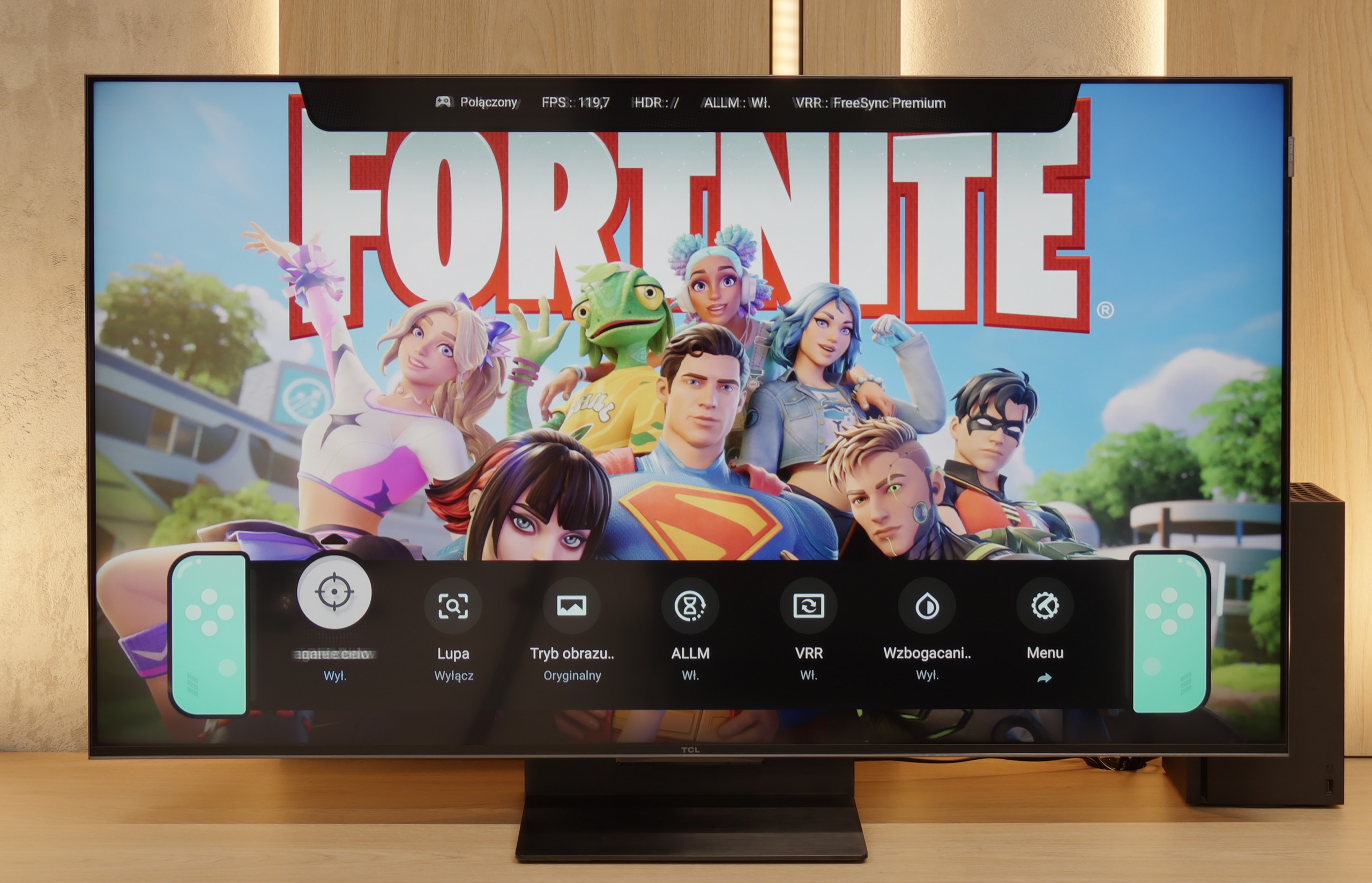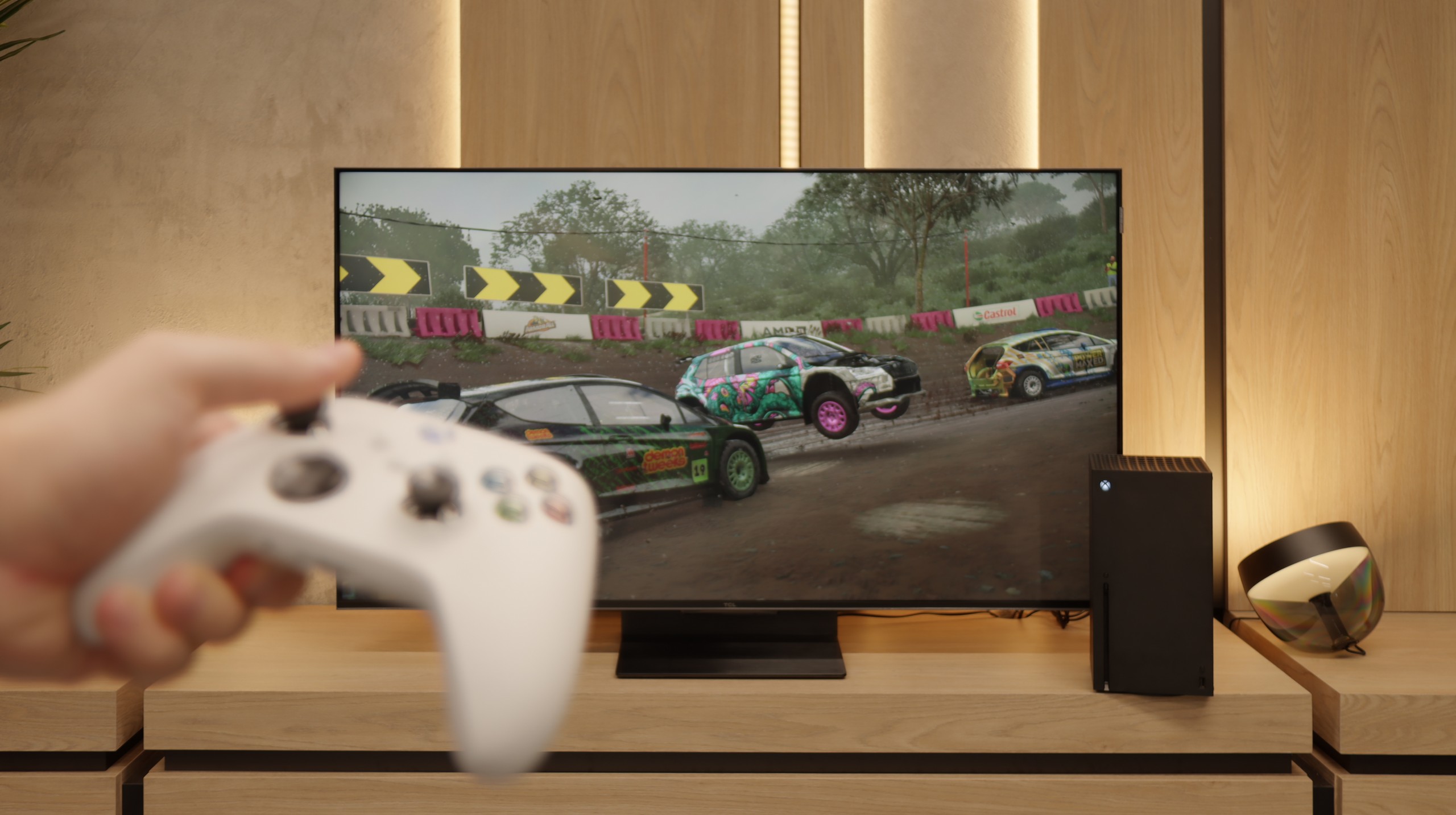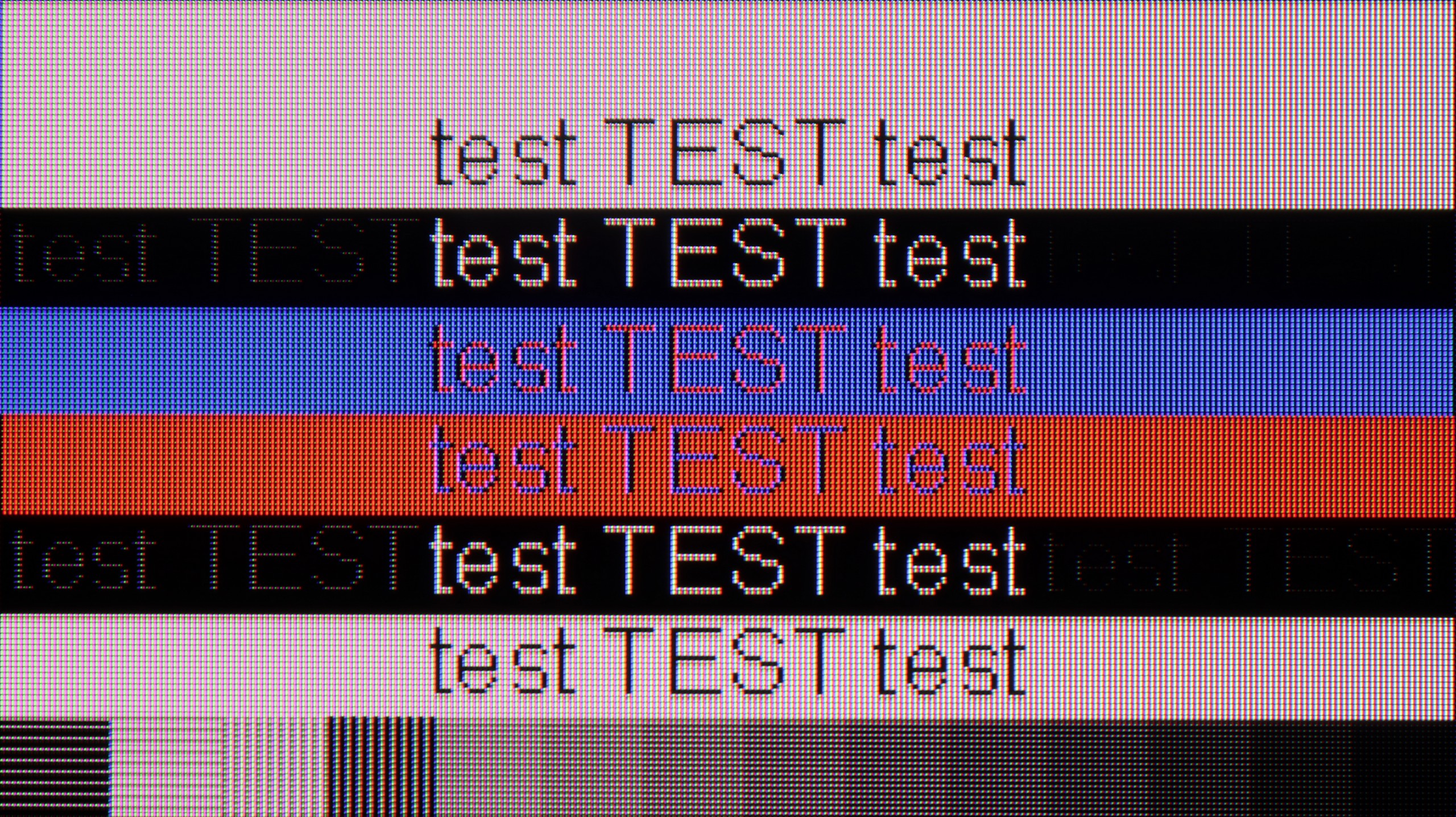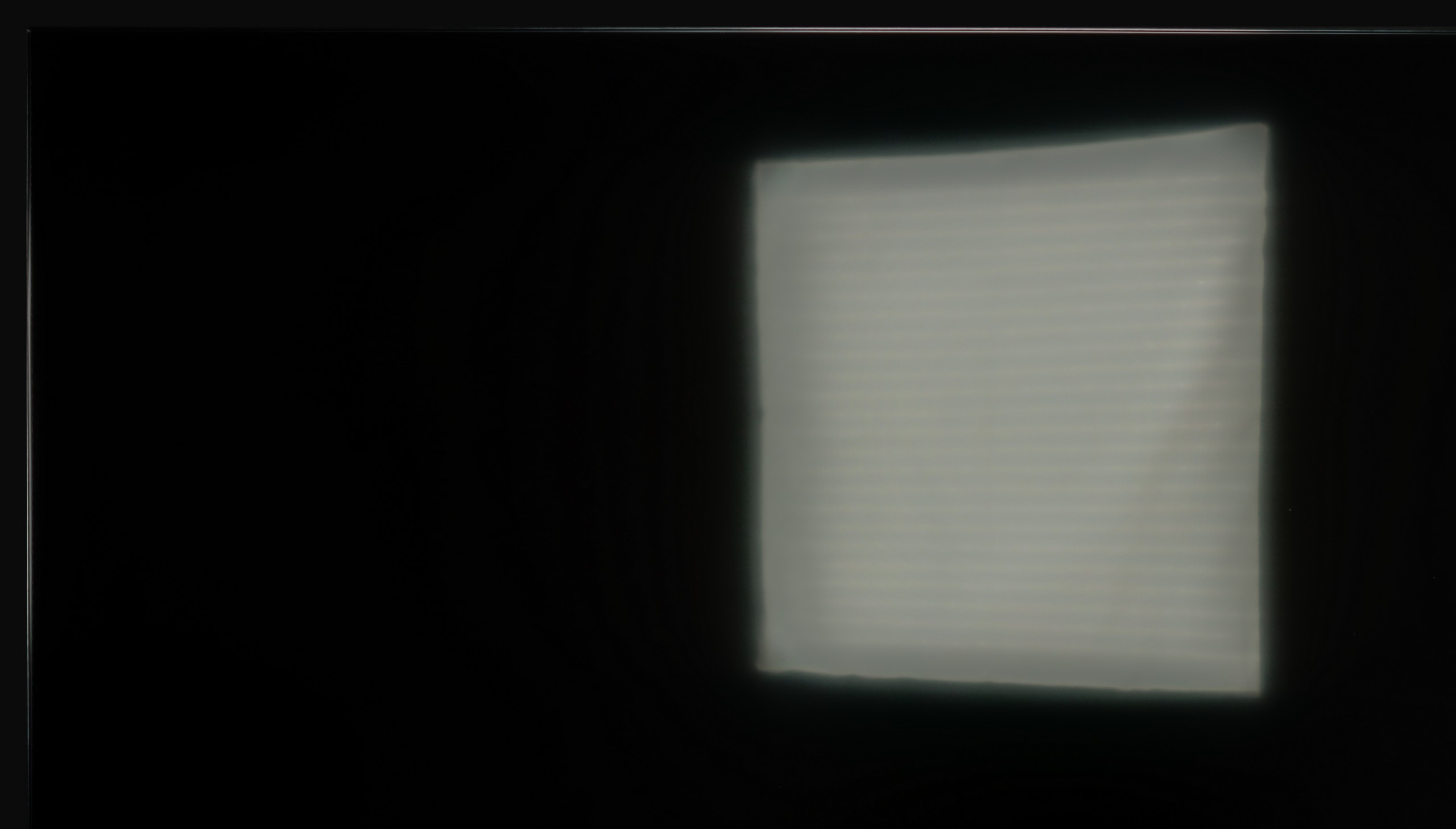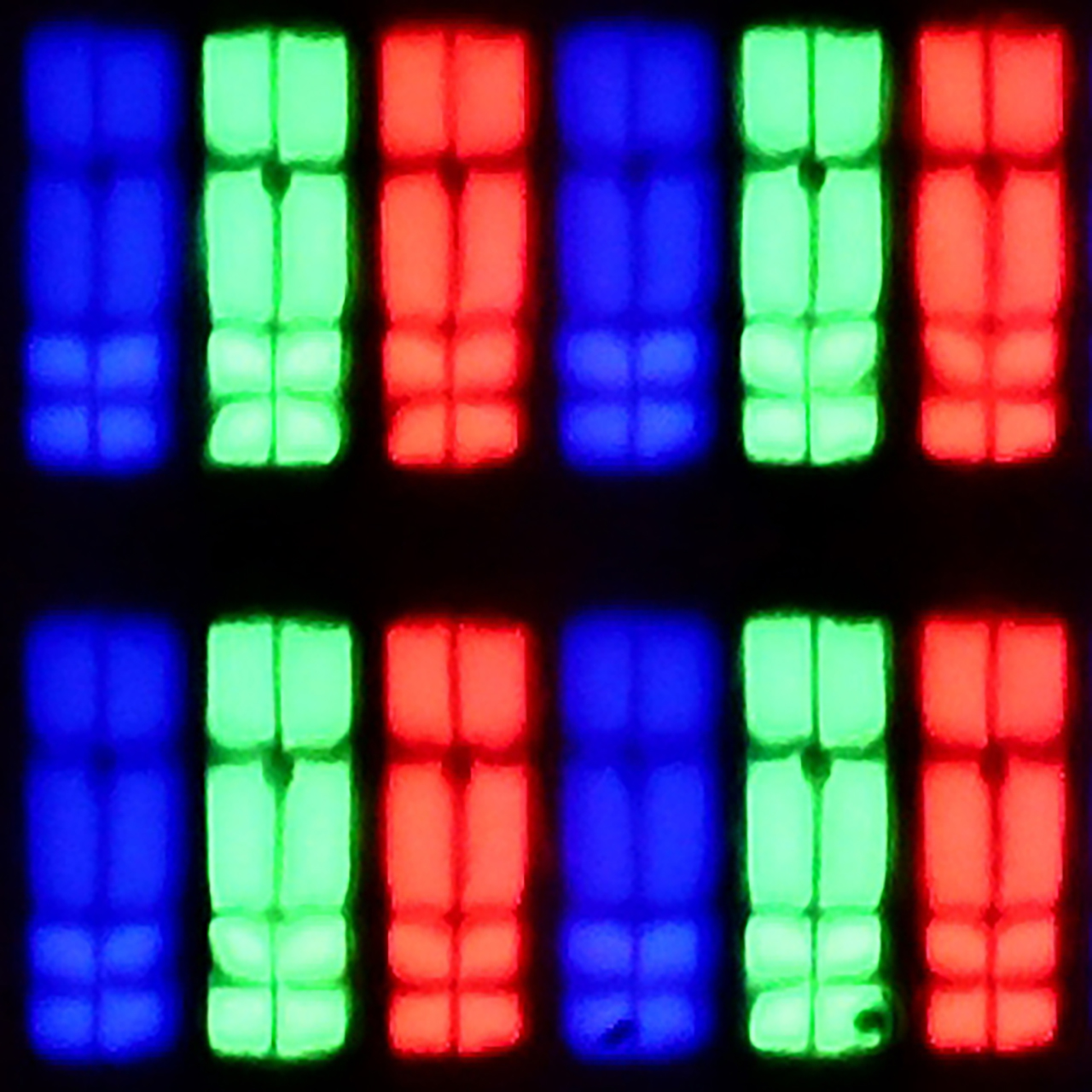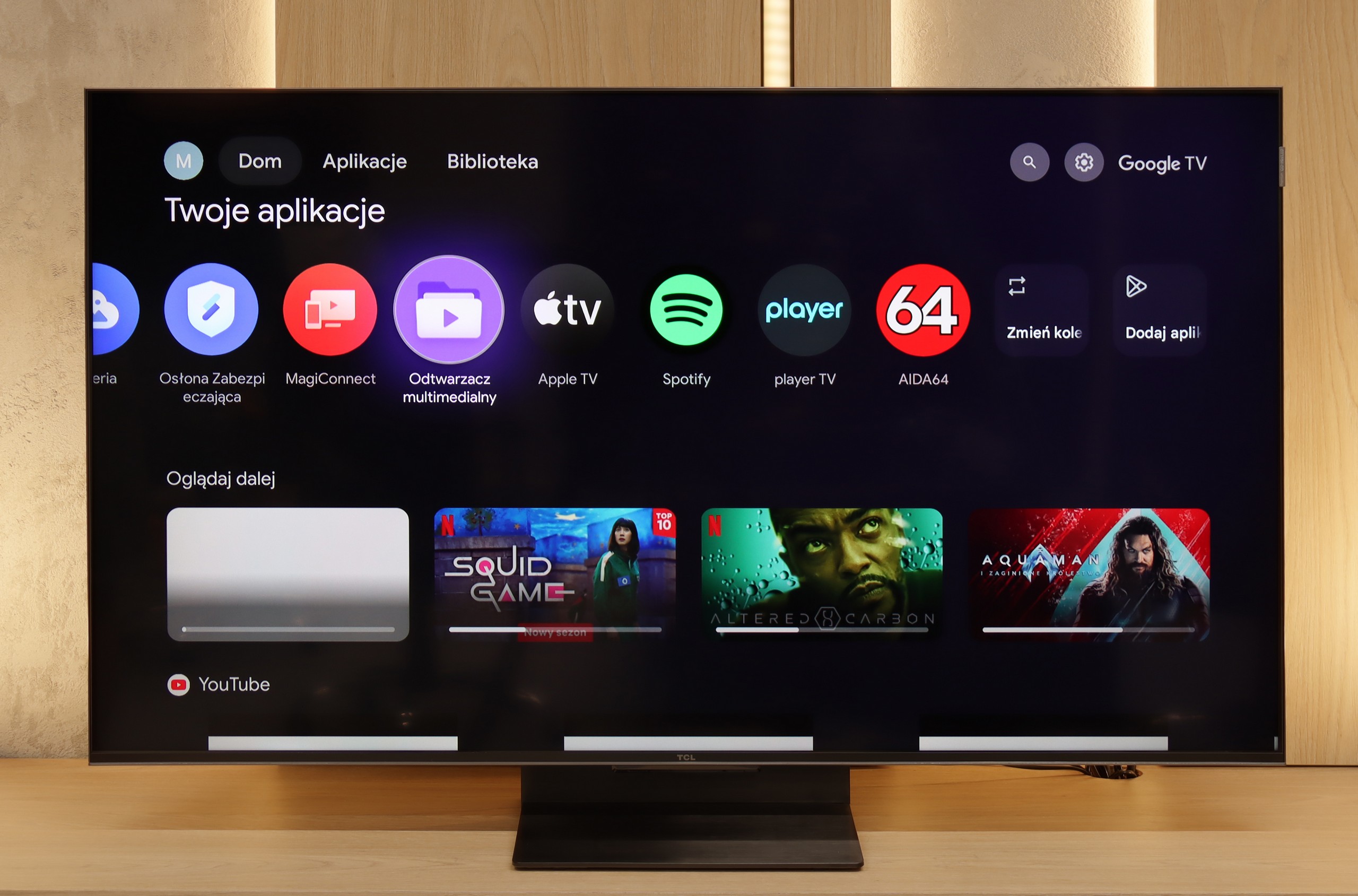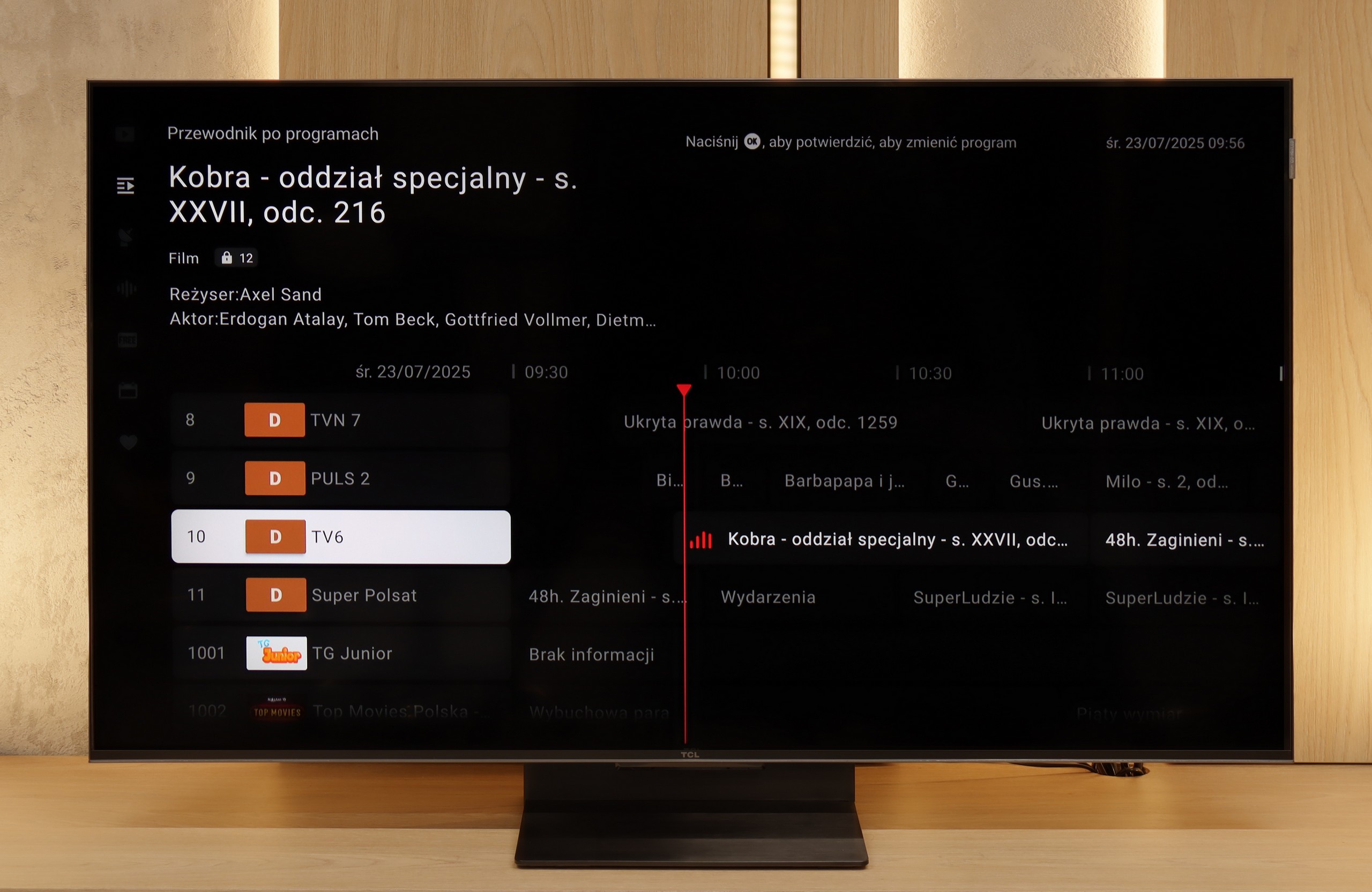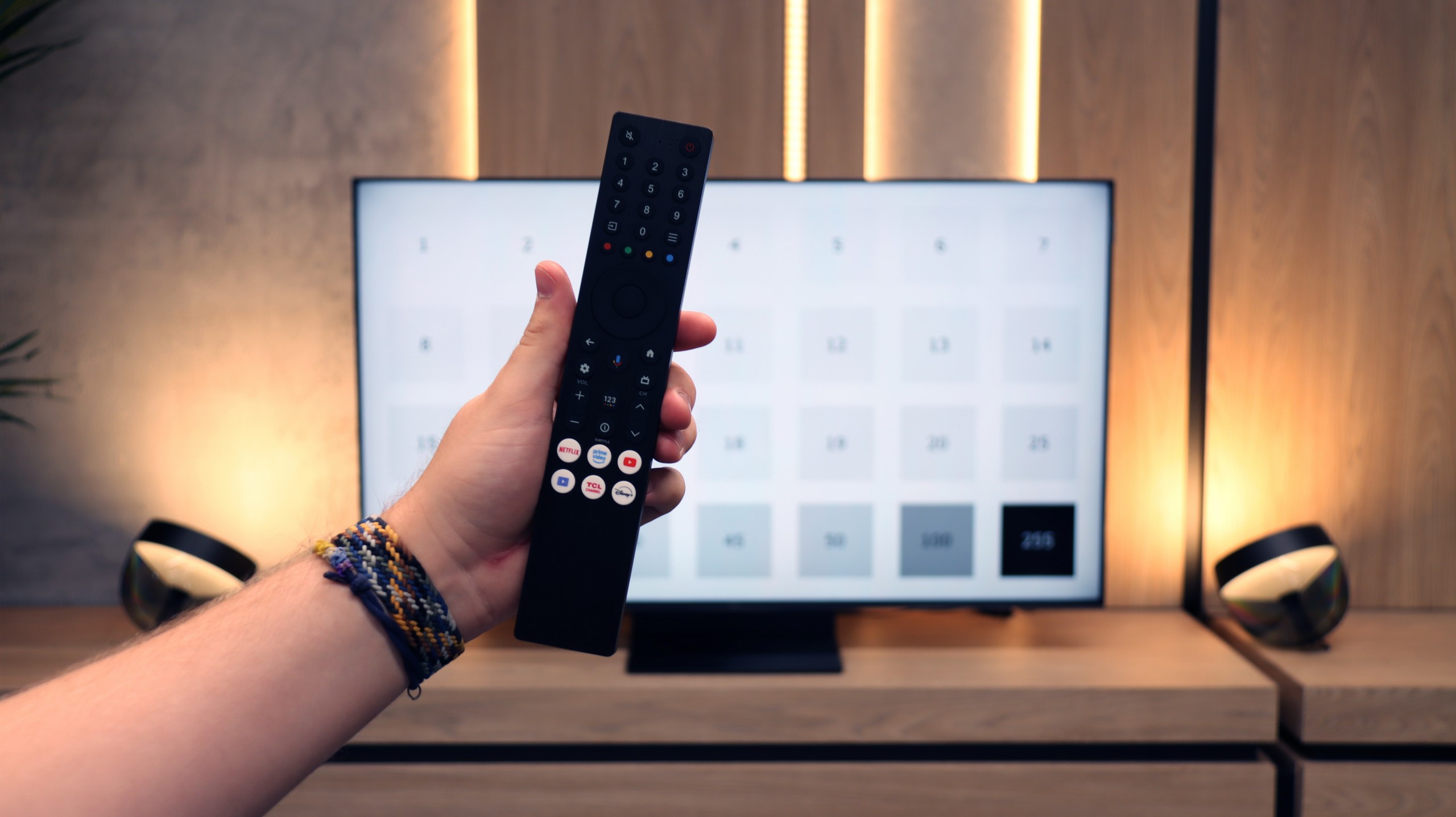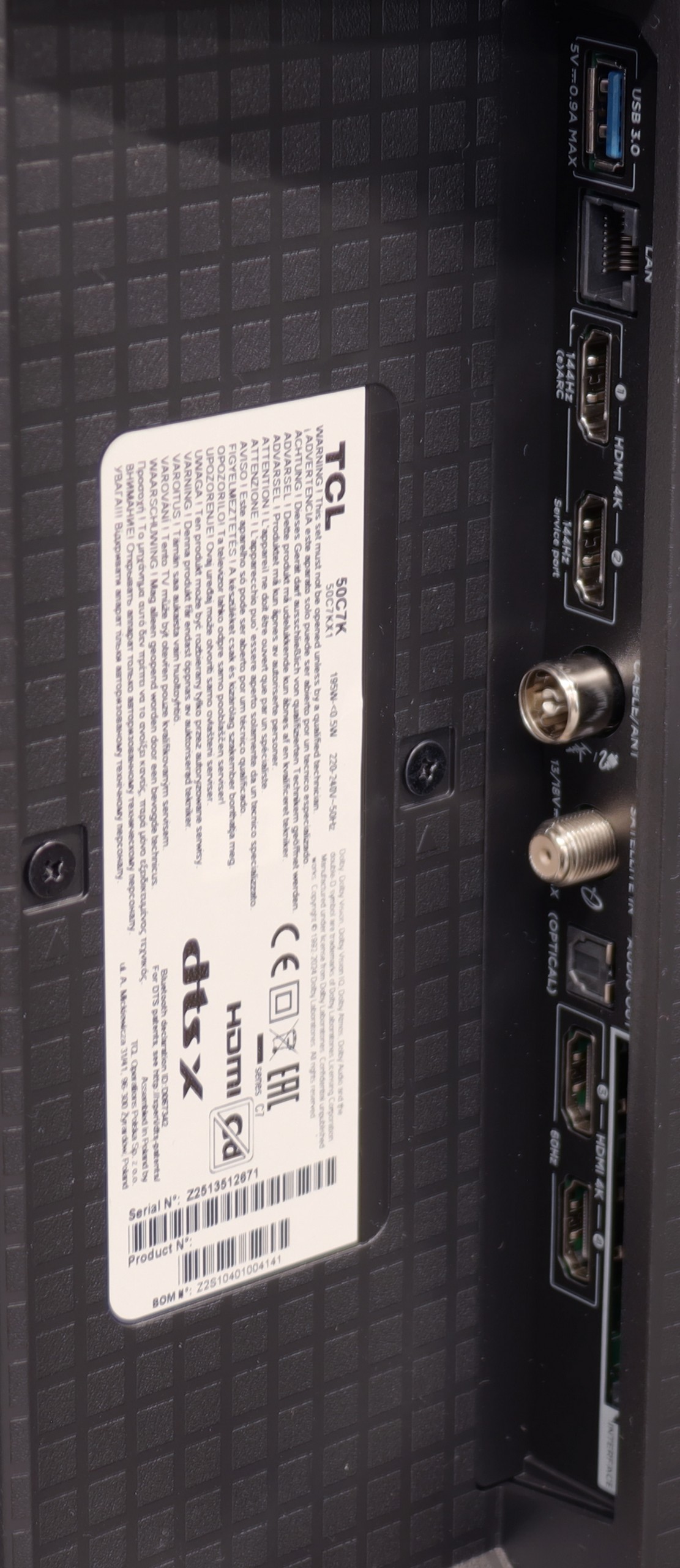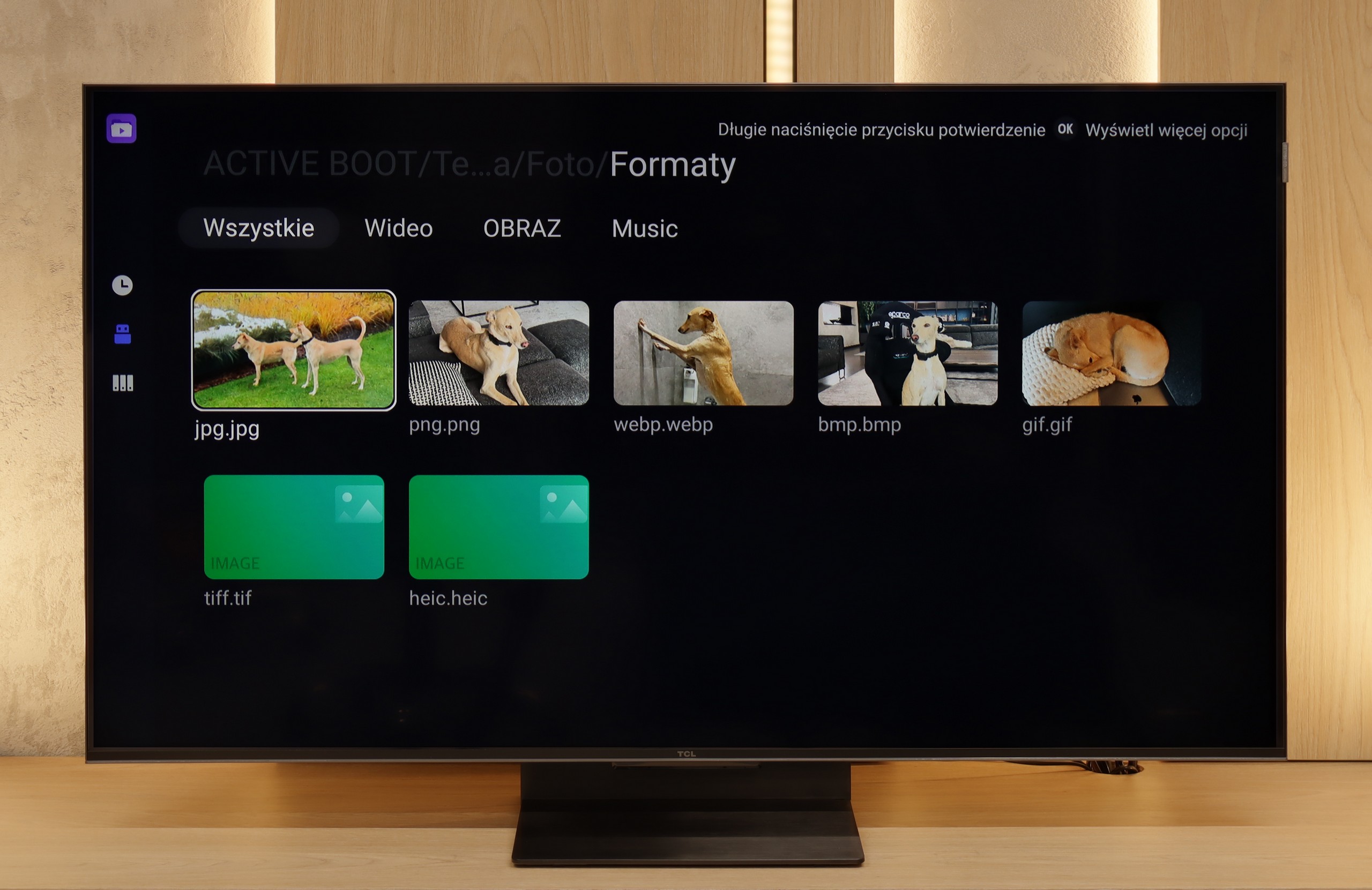The Samsung DU7192 is an affordable option ideal for casual, everyday viewing. It excels during the day, with ambient light helping to mask its less-than-ideal black levels. The IPS panel ensures that colours retain their vibrancy and saturation even when viewed from an angle. With its impressive brightness, the DU7192 is best suited for regular TV viewing or YouTube, but HDR content on streaming platforms may appear too dark to fully enjoy.
One of the TV's standout features is its colour reproduction after calibration, which delivers accurate colours close to the director's intended vision. The quality of tonal transitions is also commendable, placing this model ahead of many in its price range. In terms of functionality, the DU7192 works well with a computer. Thanks to chroma 4:4:4 support, it performs excellently as a monitor, providing clear and sharp text. Additionally, the operating system runs smoothly and efficiently, with no freezing during tests. The built-in player also handles most files without issues.
The Samsung DU7192 is an excellent choice for those with more modest expectations, offering a solid and reliable viewing experience for everyday content. Its modern and sleek design, and matte finish, allow it to seamlessly blend into most living room decors. The TV's slim profile makes it easy to mount on the wall, making it an ideal option for those who value style and space-saving functionality. This TV is perfect for individuals seeking an uncomplicated, minimalist setup with reliable performance.

